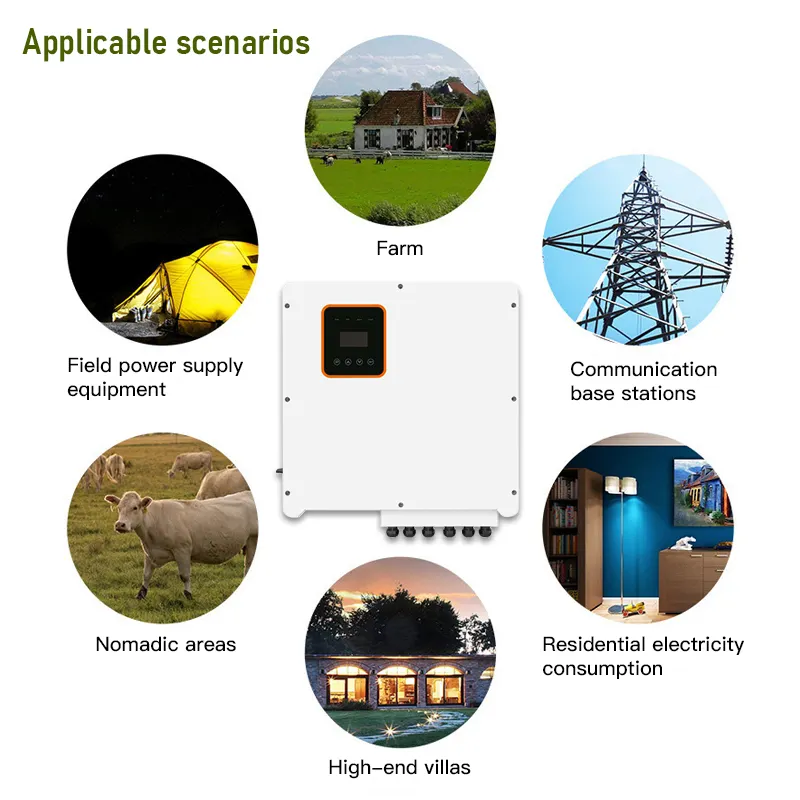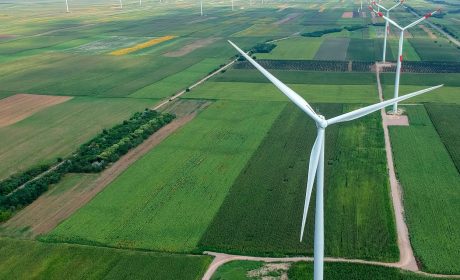
Solar energy is becoming increasingly popular as a source of renewable energy. With the help of solar inverters, it can be converted into usable electricity. In this blog post, we will explore the working principle and functions of solar inverters.

Working Principle of Solar Inverter
A solar inverter is a device that converts the DC (direct current) electricity generated by solar panels into AC (alternating current) electricity that can be used to power household appliances and other devices. The working principle of a solar inverter involves four main stages:
- DC Input: The DC electricity generated by the solar panels is fed into the solar inverter through a DC input. The DC input is connected to the solar panels, which generate DC electricity when they are exposed to sunlight.
- Conversion to AC: The DC electricity is then converted into AC electricity through a process called inversion. This is done by using a series of electronic components such as transistors, capacitors, and diodes. The solar inverter takes the DC electricity and uses these components to create a waveform that is similar to the waveform of AC electricity.
- Voltage Regulation: The AC electricity generated by the solar inverter is then regulated to ensure that it meets the voltage requirements of the appliances and devices that will be powered by the electricity. The voltage of the AC electricity is adjusted by the solar inverter to match the voltage requirements of the electrical appliances and devices that will be powered.
- Output: The conditioned AC power is then sent to the grid or directly to the appliances and devices that need power. A solar inverter takes AC power and sends it through an output that is connected to the grid or to the appliances and devices that need power.



Functions of Solar Inverter
- DC to AC conversion: The main function of a solar inverter is to convert the DC power generated by the solar panels into AC power for powering home appliances and other devices. This feature is critical for using solar power in homes and buildings。
- Voltage Regulation: The solar inverter also regulates the voltage of the AC electricity to ensure that it meets the requirements of the electrical appliances and devices that will be powered. This function is important for protecting electrical appliances and devices from damage and ensuring that they function properly.
- Grid connection: Solar inverters can also be used to connect solar systems to the grid. This allows excess power generated by the solar panels to be fed back into the grid, which can then be used to power other homes and buildings. This feature is critical to making solar energy a viable alternative to traditional energy sources.
- Monitoring: Many modern solar inverters also come with monitoring capabilities that allow users to track the performance of their solar energy systems in real-time. This can help users to identify any issues with their systems and optimize their energy usage. This function is essential for ensuring that solar energy systems are functioning properly and efficiently.

Conclusion
Solar inverters play a crucial role in the conversion of solar energy into usable electricity. By converting DC electricity into AC electricity and regulating the voltage, solar inverters allow households and buildings to harness the power of the sun and reduce their reliance on traditional energy sources. With the increasing demand for renewable energy, solar inverters are set to become even more important in the years to come.



